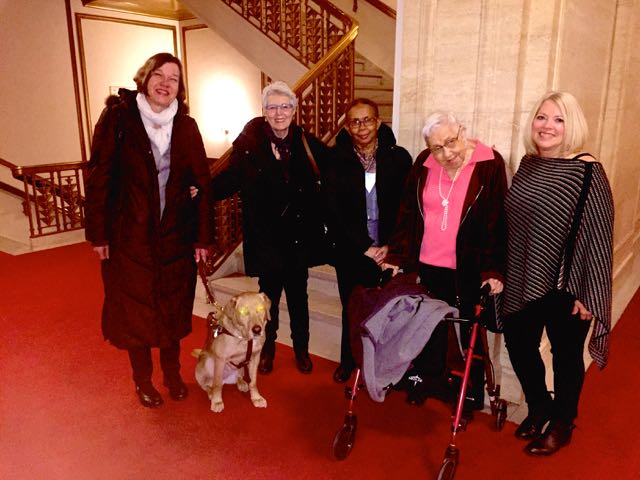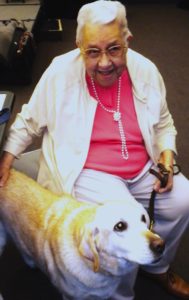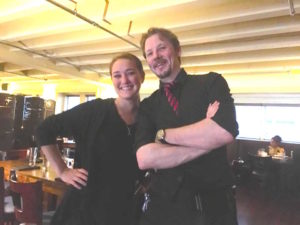What Wanda wrote: Part Three
October 11, 2017 • 1 Comment • Posted in book tour, careers/jobs for people who are blind, memoir writing, public speaking, visiting librariesA confession of sorts: I was going to just feature excerpts of Wanda Bridgeforth’s essays here on The Safe & Sound blog while Mike and I were away on Martha’s Vineyard, but I’m having such fun reading over her work that I’m continuing the series. Here’s another story Wanda might read when she appears with me at the Harold Washington Library Center at 6 p.m. this Tuesday, October 17.

Wanda will read some of her writing Tuesday, October 17, 6:30 at the Harold Washington Library.
Wanda’s Grandparents, Grandma and Grandpa Johnson, raised their five sons in Columbus, Mississippi under what Wanda calls a “caste system” that clung to the old thought of bluebloods. “Looks and family were of great importance – even if your family was poor as church mice,” she says, explaining that to her southern family, color and texture of skin was important. “Our family fit the mold of ‘bright, light, and damn near white.’”
Wanda’s five uncles — known to all as “We Boys” — moved North during the Great Migration.
Wanda was in her twenties when We Boys learned their mother had taken to her sick bed in Mississippi. “They agreed to finance the trip to bring her to Chicago and I was appointed the task,“ she writes. “I had not been to Mississippi since I was about seven and had no idea what I would encounter”.
Wanda’s favorite Uncle Hallie B. instructed his niece to change to the Jim Crow car when the train stopped in St. Louis on its way south. Maybe Wanda will read about that train ride during our presentation at the Harold Washington Library, or who knows? Maybe she’ll read the 500-word essay she wrote for class about what happened once she arrived:
The first thing Grandma and Mrs. Green did was to tell me how I was to act when I went to town. In fact they said it would be best if Mrs. Green accompanied me to town. I smiled and nodded. All went well until a day I had to go to town alone.
What happened next? Come to Chicago’s Harold Washington Library Center on 400 S. State Street this Tuesday at 6 p.m. to find out. Far away from Chicago? Don’t despair! You can read Wanda’s “Grandma Lula Moves to Chicago” essay in its entirety in Chapter 47 of my new book — Wanda is one of a dozen or so writers featured in Writing Out Loud: What a Blind Teacher Learned from Leading a Memoir Class for Seniors.





